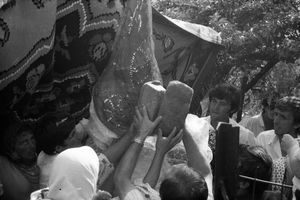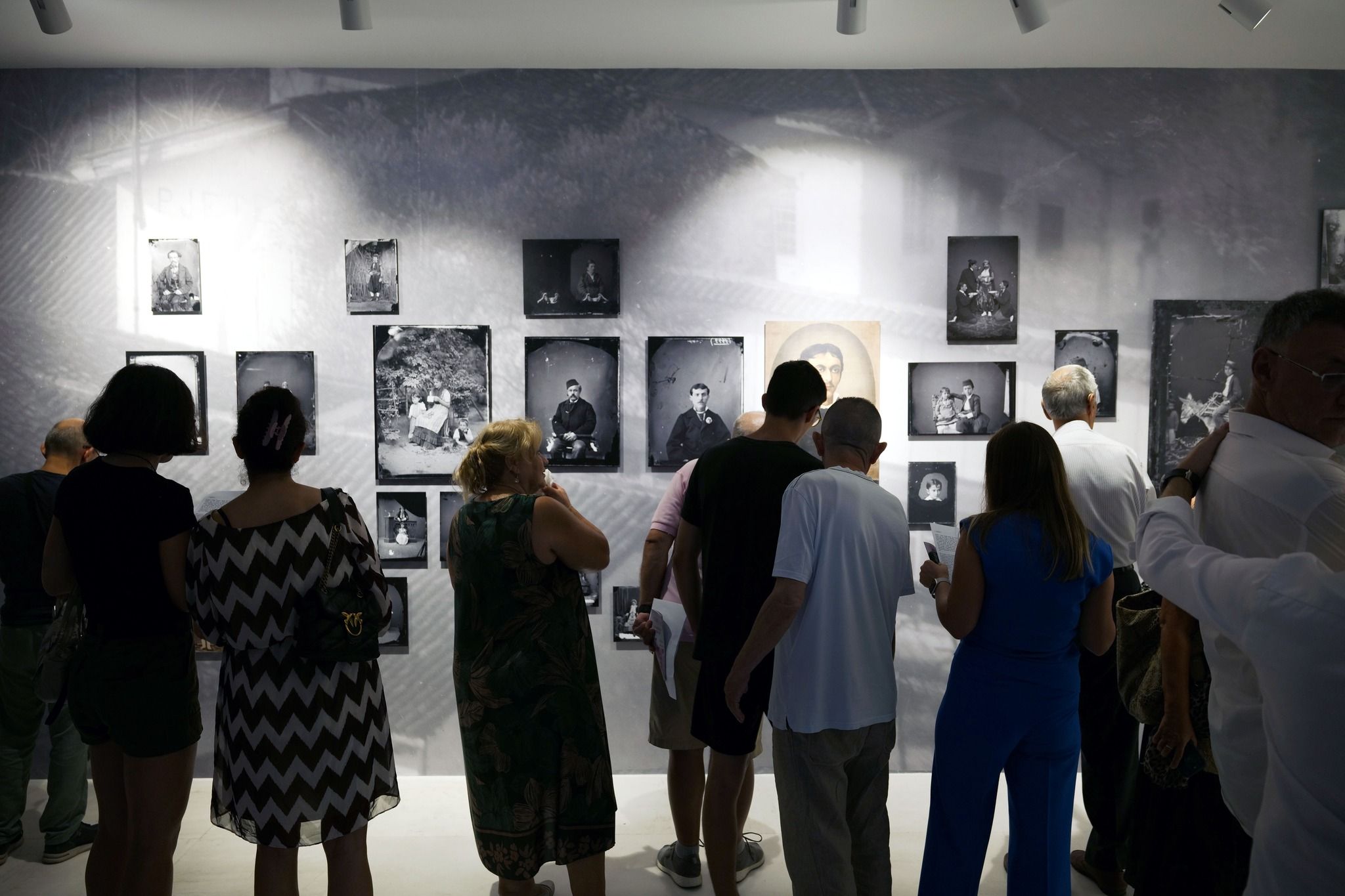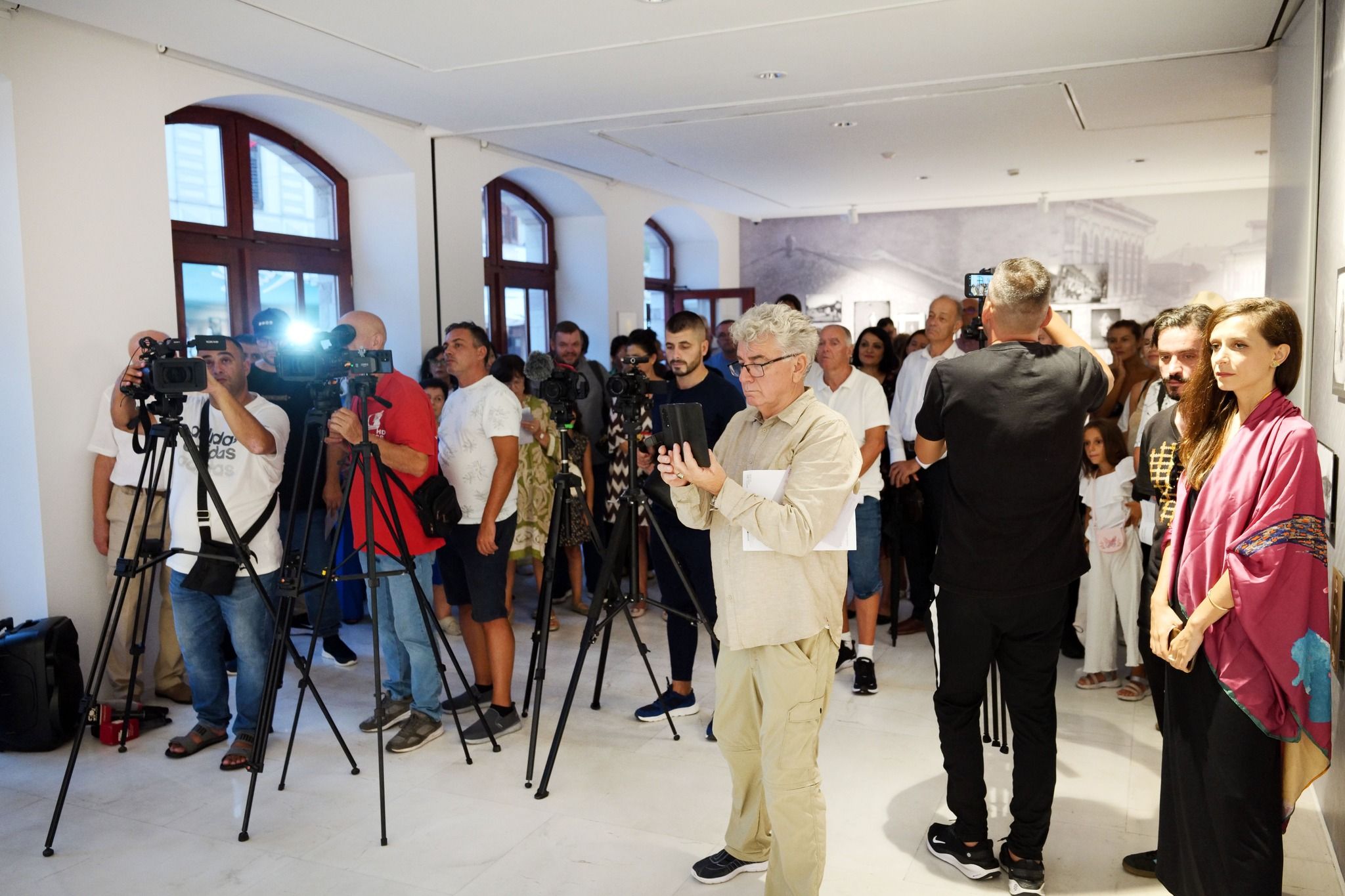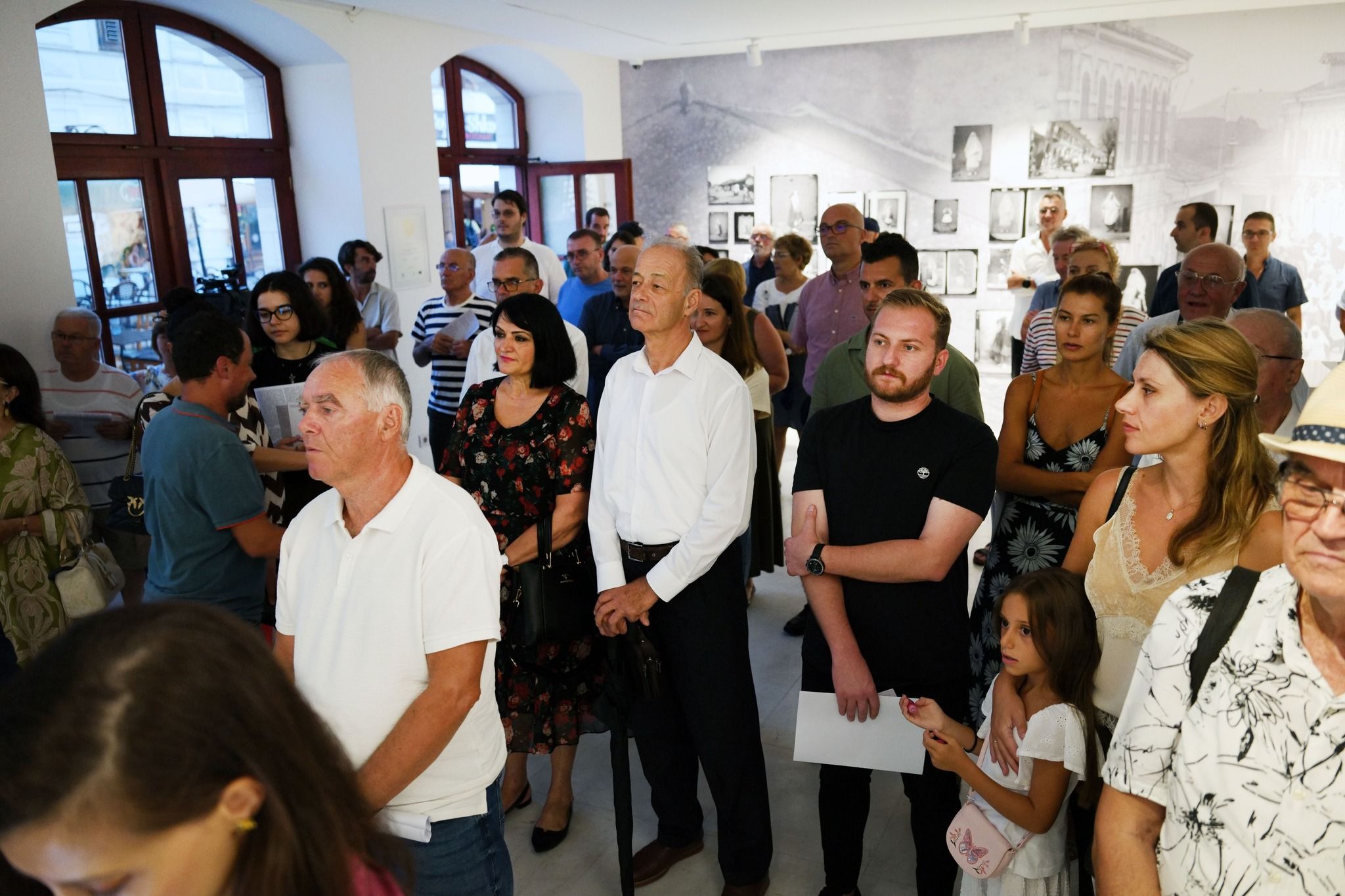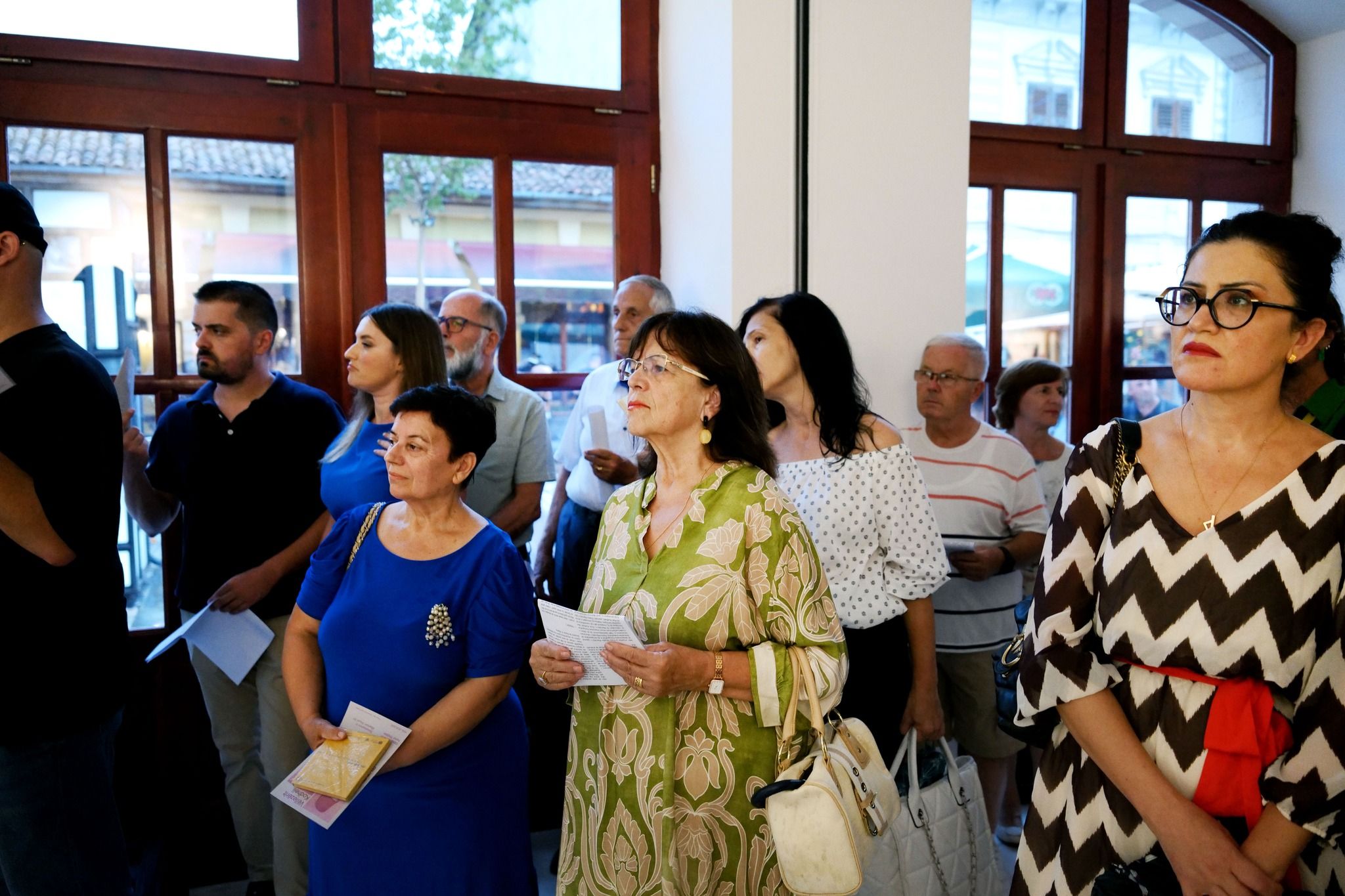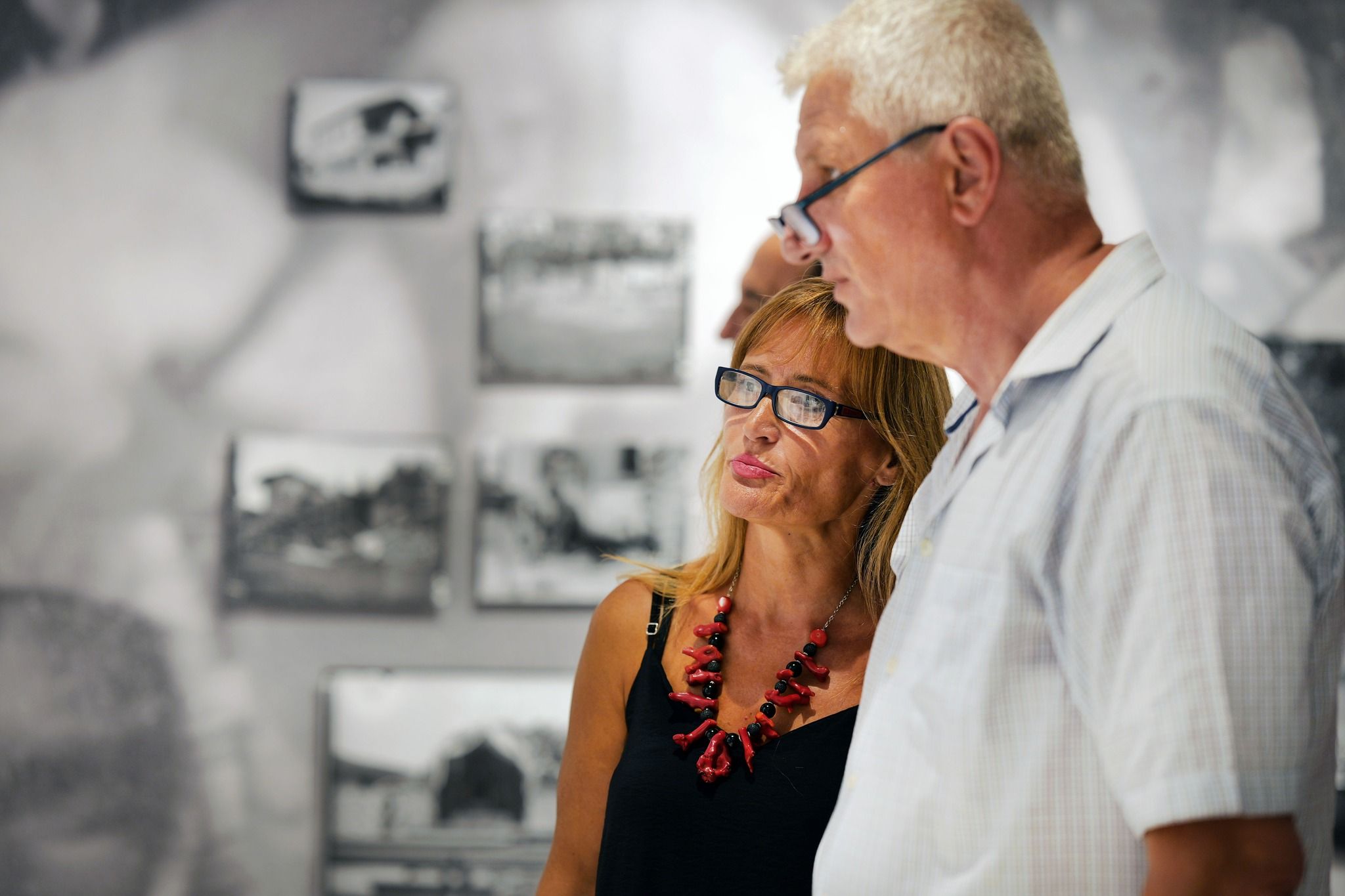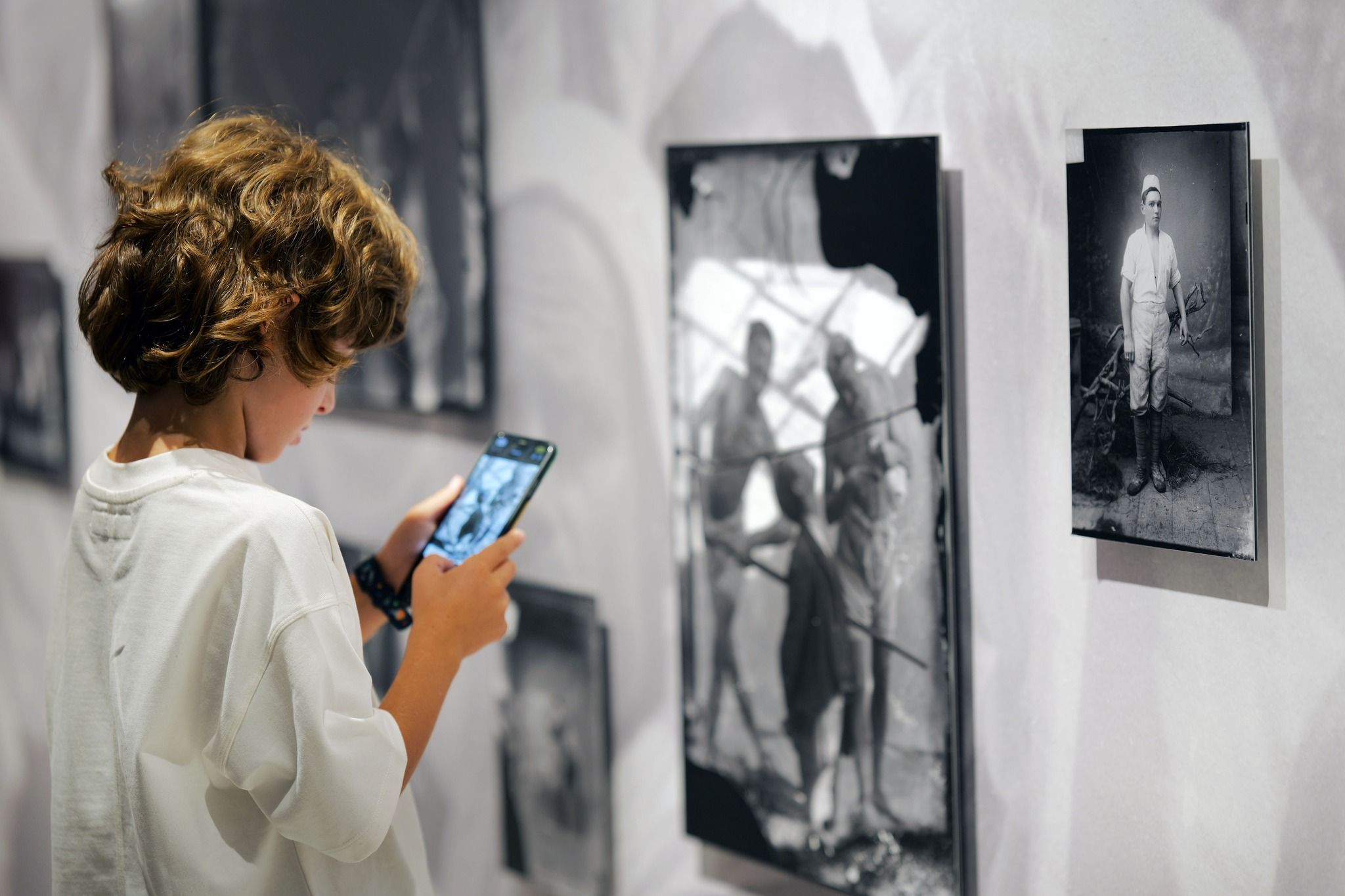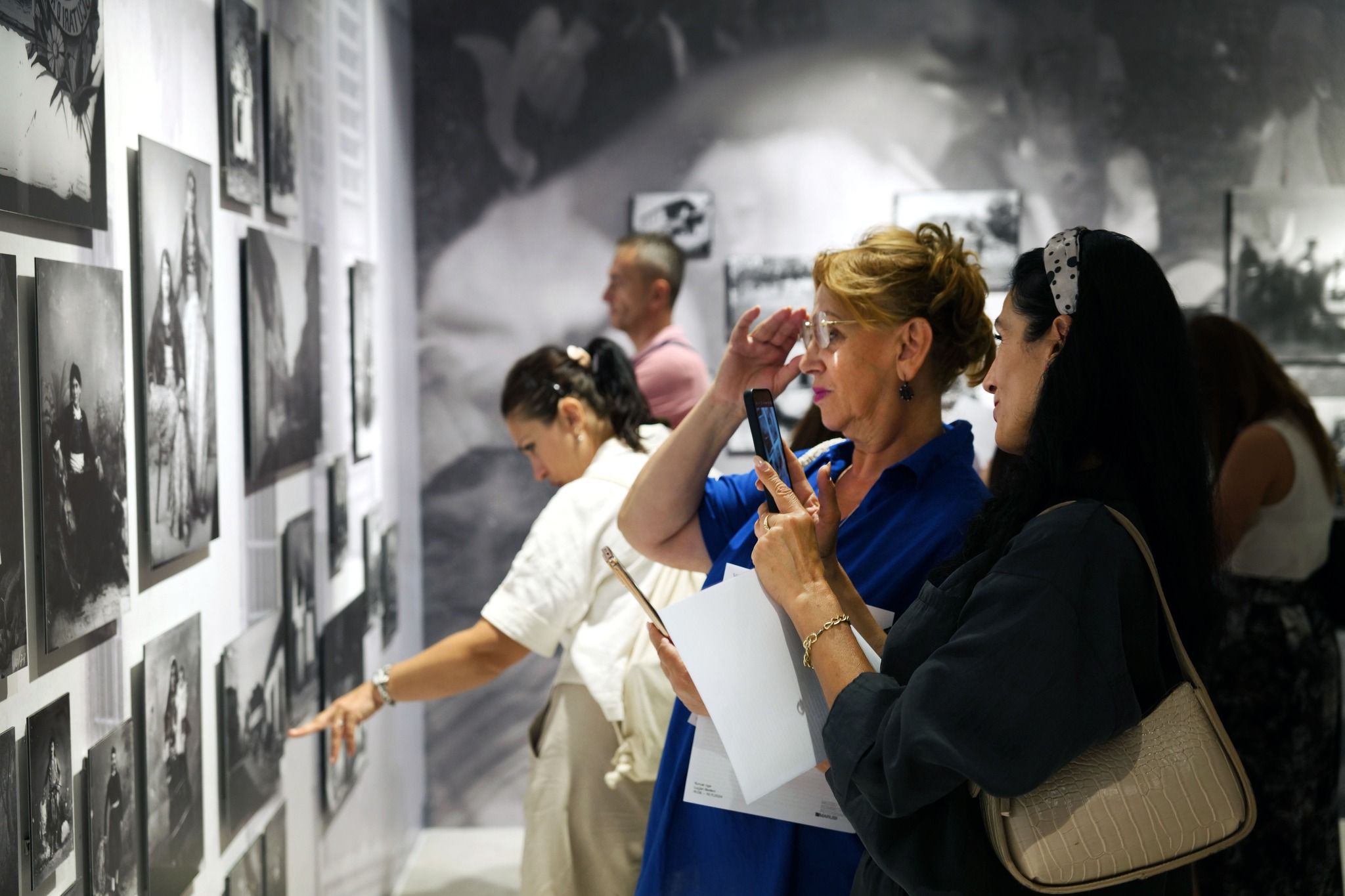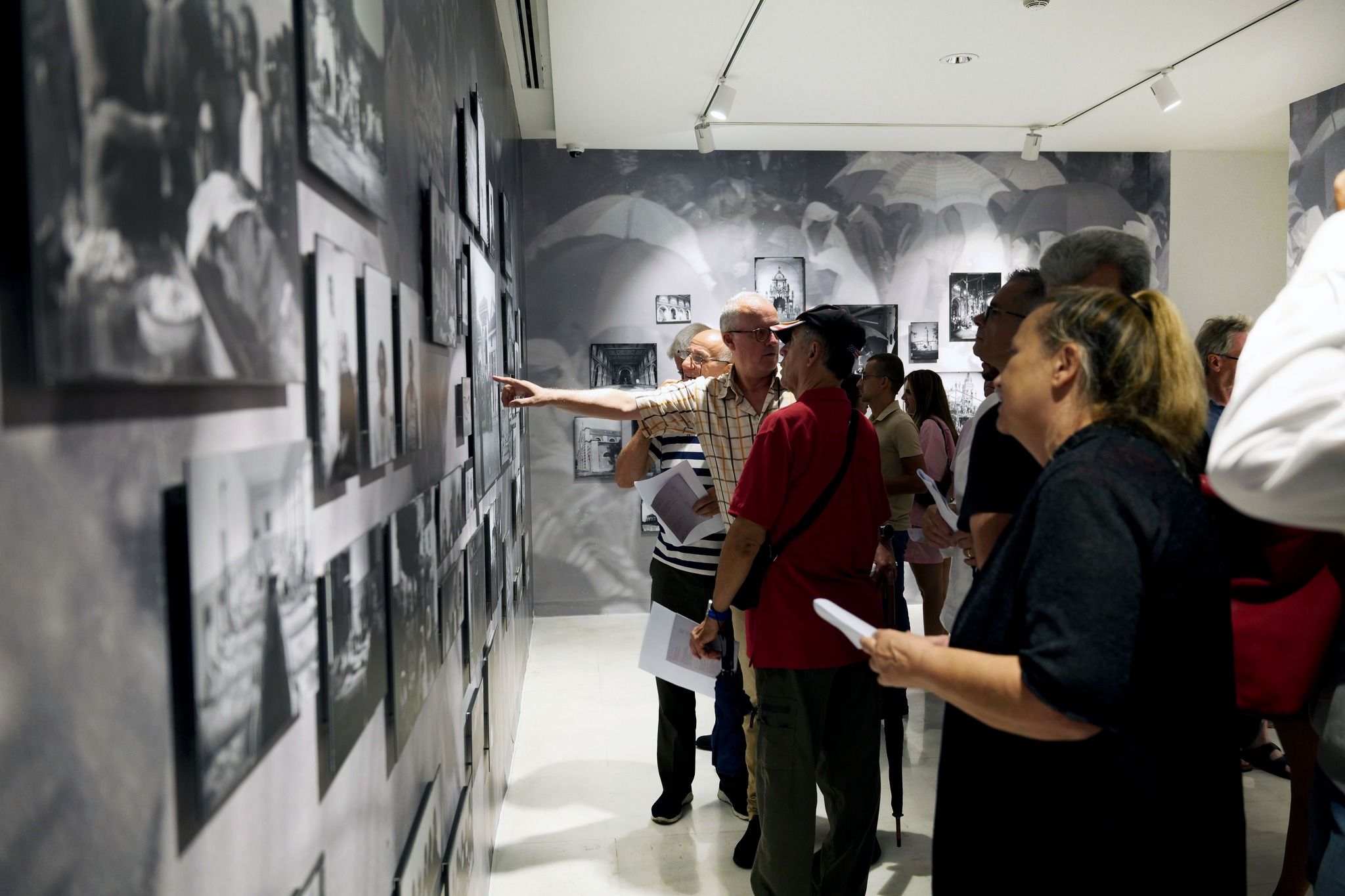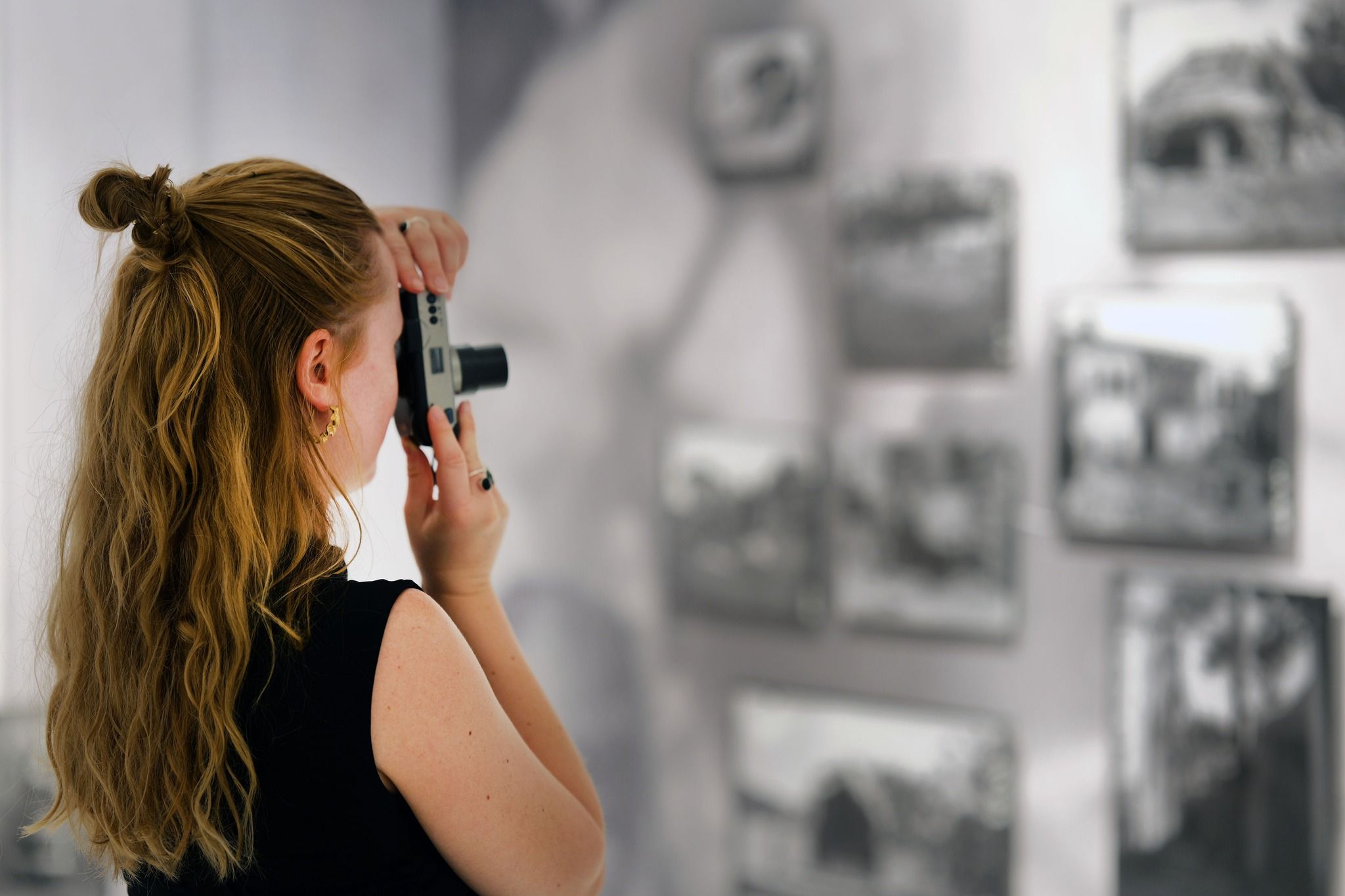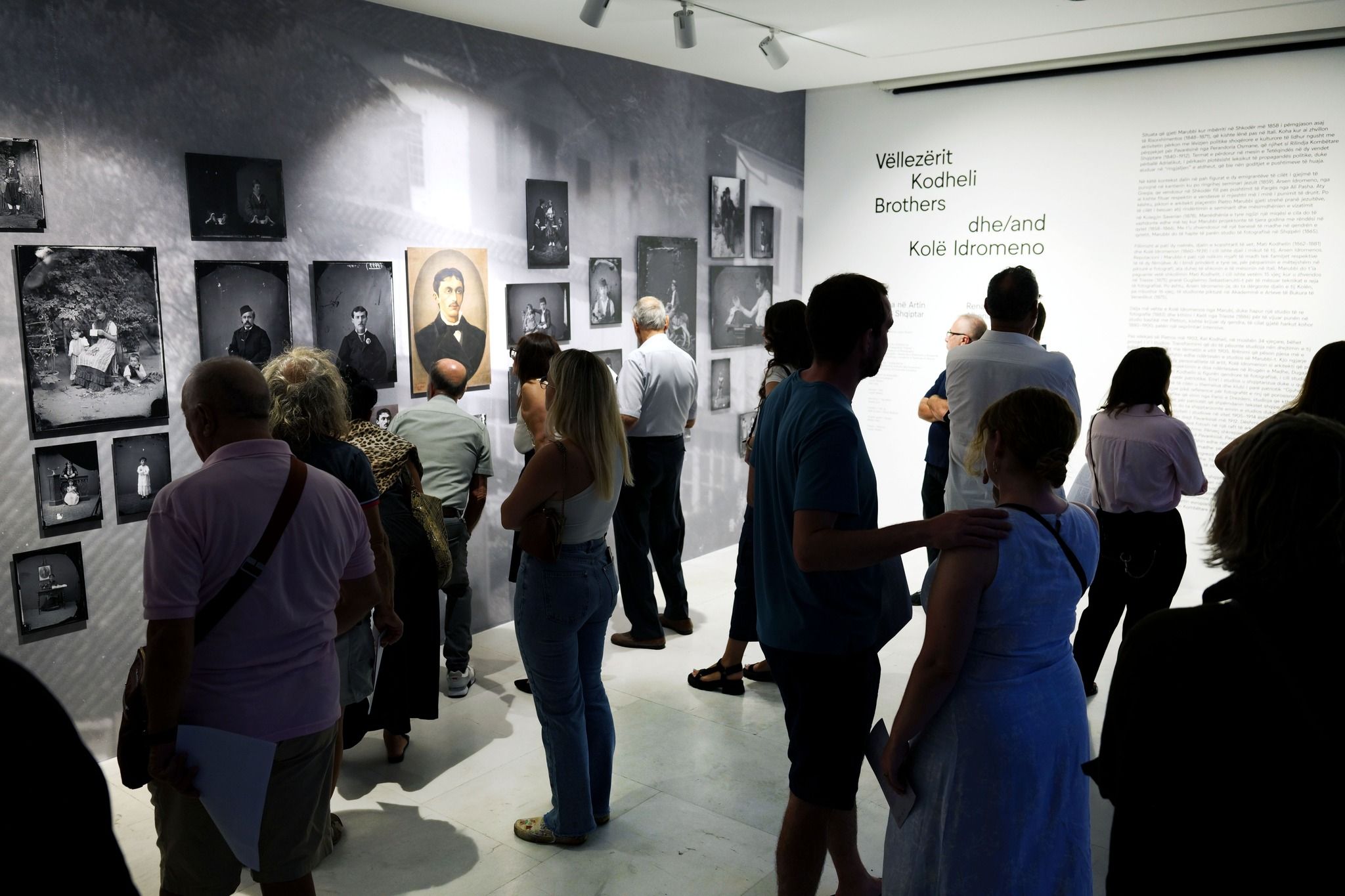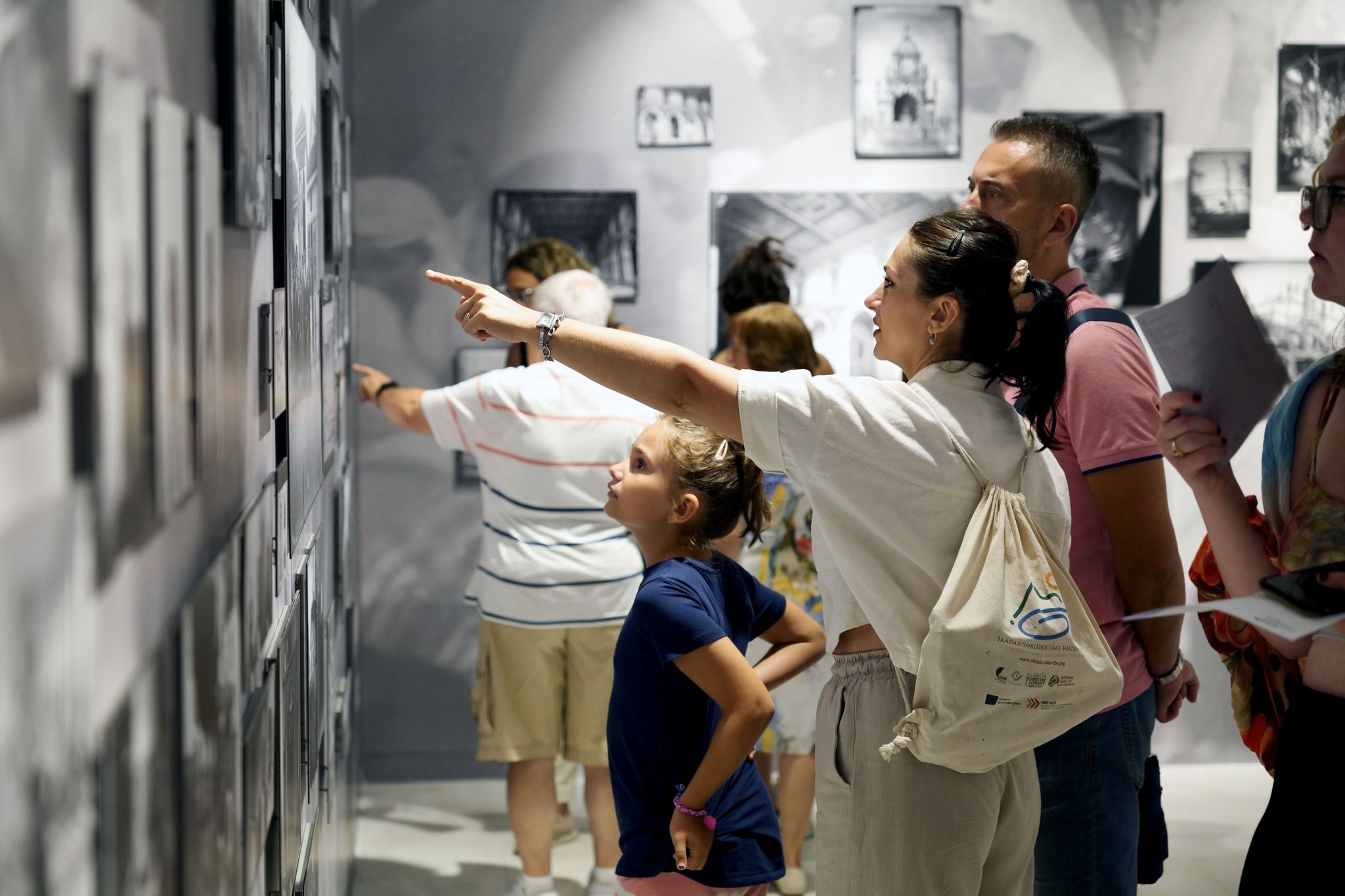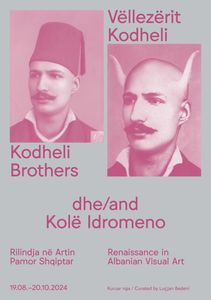Kodheli Brothers and Kolë Idromeno:
Renaissance in Albanian Visual Art
–
The circumstances in Shkodra at the time Marubbi came were similar to those of the Risorgimento (1848–1871) that he had left behind in Italy. The period in which he carried out his activities coincided with the Albanian National Awakening (1840-1912) a political, social and cultural movement strongly tied to movements for Independence from the Ottoman Empire.
In this context, the figures of two immigrants who worked at the site where the Jesuit seminary was being rebuilt (1859) came to light. Arsen Idromeno from Greece, had settled in Shkodër right after the occupation of Parga by Ali Pashë Tepelena. There, he had earned the respect of the locals as the best woodworker. Similarly, the painter and architect from Piacenza, Pietro Marubbi, found refuge at the Jesuit Fathers, who entrusted him with the reconstruction of the seminary and teaching drawing at the Xaverian College (1878). Their friendship would continue as Marubbi went on to project other important buildings in the city (1858-1866). Upon moving into a large house in the city center, Marubbi opened the first photography studio in Albania (1865).
Initially, he had two students: the gardener's son, Mati Kodheli (1862-1881) and Kolë Idromeno (1860-1939), the son of his friend Arsen Idromeno. Marubbi's reputation had a significant impact on the respective families of the two children, persuading their parents to send them to Italy to complete their education in painting and photography. Marubbi himself would pay for Mati Kodheli's education, who was only 15 years old when he moved to Trieste (1875) to study new photography techniques at Guglielmo Sebastianutti’s studio. Similarly, Arsen Idromeno would send his son Kolë, before turning 16, to study painting at the Academy of Fine Arts in Venice (1875).
Kolë Idromeno's departure from Marubi, marked by the opening of his own photography studio (1883) and Kel’s return from Trieste (1886) to continue working in the studio with Pietro, resulted in the establishment of two ateliers, quite active between 1880 and 1900.
After Pietro's death in 1903, Kel Kodheli, at the age of 34, became the new owner of the studio. The transformation that the studio underwent under his leadership is closely related to the 1905 earthquake. The destruction that affected much of the city also included Marubbi's studio building. This event highlighted two personalities in art: Kolë Idromeno, as the architect who was rebuilding the city and projecting several buildings on Rruga e Madhe, Dugajët e Reja, and Gjuhadol; and Kel Kodheli, as the central figure in photography, who transformed the new studio into a patriotic spot. The studio was renamed ‘Dritëshkroja Marubi’ in Albanian, and it was here that the first patriotic group ‘Albanian Language’ was established in 1908.
In addition to being a reference for young photographers who ordered photographic materials from Paris and Dresden, the studio had become a secret meeting place for patriots distributing Albanian texts. In this context, Idromeno also changed the name of his studio to ‘Dritëshkroja e Kolës’. The activity of the studios from 1905 to 1914 is related to the events leading to the Independence of Albania in 1912. An example of this is Kel Kodheli’s series of photographs in a section of his archive labeled Njerëz në za e sende të kujdesshme (Notable People and Important Items).
In addition to his famous photographs of The Albanian Language Club, The Declaration of Independence, The Independence of Shkodër, The Battle of Koplik and other significant events, he included reproductions from other authors, images of great importance for the Albanian history. He reproduced photographs by the Manaki Brothers of The Congress and The Alphabet Commission (1908) or those of TheCongress of Elbasan (1909) and the teaching staff of TheNormal School of Elbasan (1909), originally taken by Idromeno.
The re-evaluation of the history of Albanian visual art developed during the National Awakening period, arises from the need to highlight the roles of Arsen Idromeno and Pietro Marubbi, two foreign immigrants who made the first notable contributions in this field. The training of the Kodheli brothers in Trieste to bring the latest innovations from European photography, and Kolë Idromeno's studies in painting in Venice, represents a focal point of contemporaneity with European art. The exhibition aims to open and further a debate on the National Awakening in Albanian visual art.
Exhibition Credits
- CURATED BY
Luçjan Bedeni
- An exhibition by
Marubi National Museum of Photography
Institute of Anthropology – Academy of Sciences of Albania - Supported by
Ministry of Economy, Culture and Innovation
- Exhibition coordinators
Luçjan Bedeni
Olsi Lelaj - Texts
Luçjan Bedeni
- Translation
Tereza Çuni
- Set up
Kolë Guraziu
Gjergj Spathari - Design
Bardhi Haliti
- Acknowledgements
Olsi Lelaj - Director of the Institute of Anthropology



